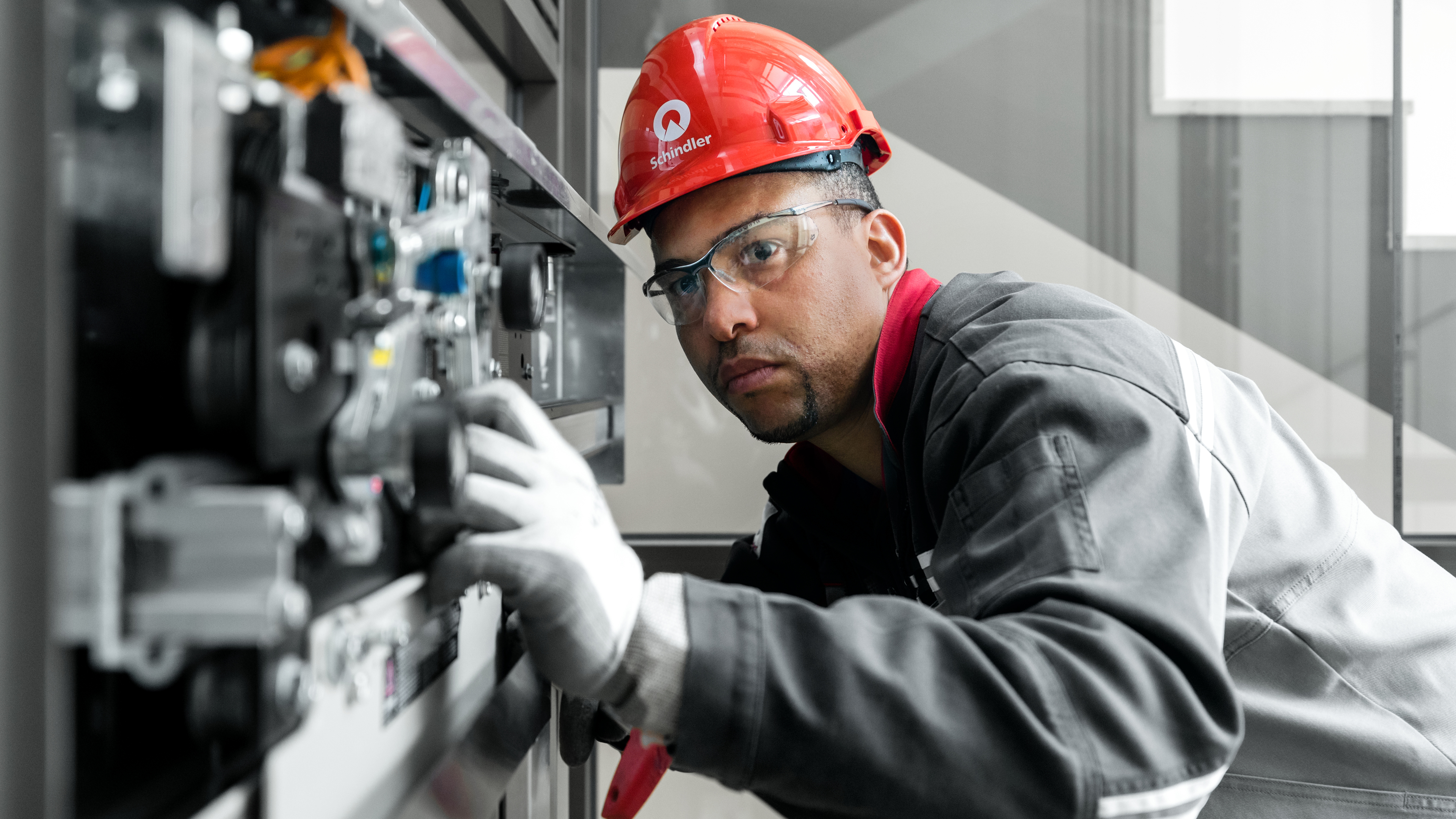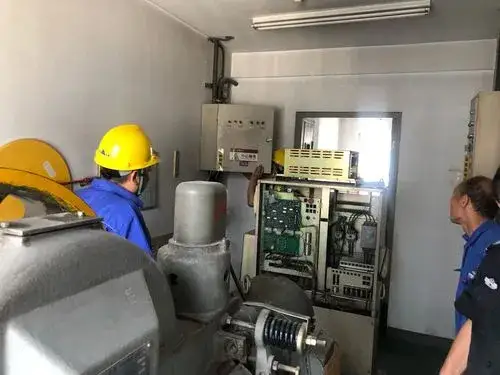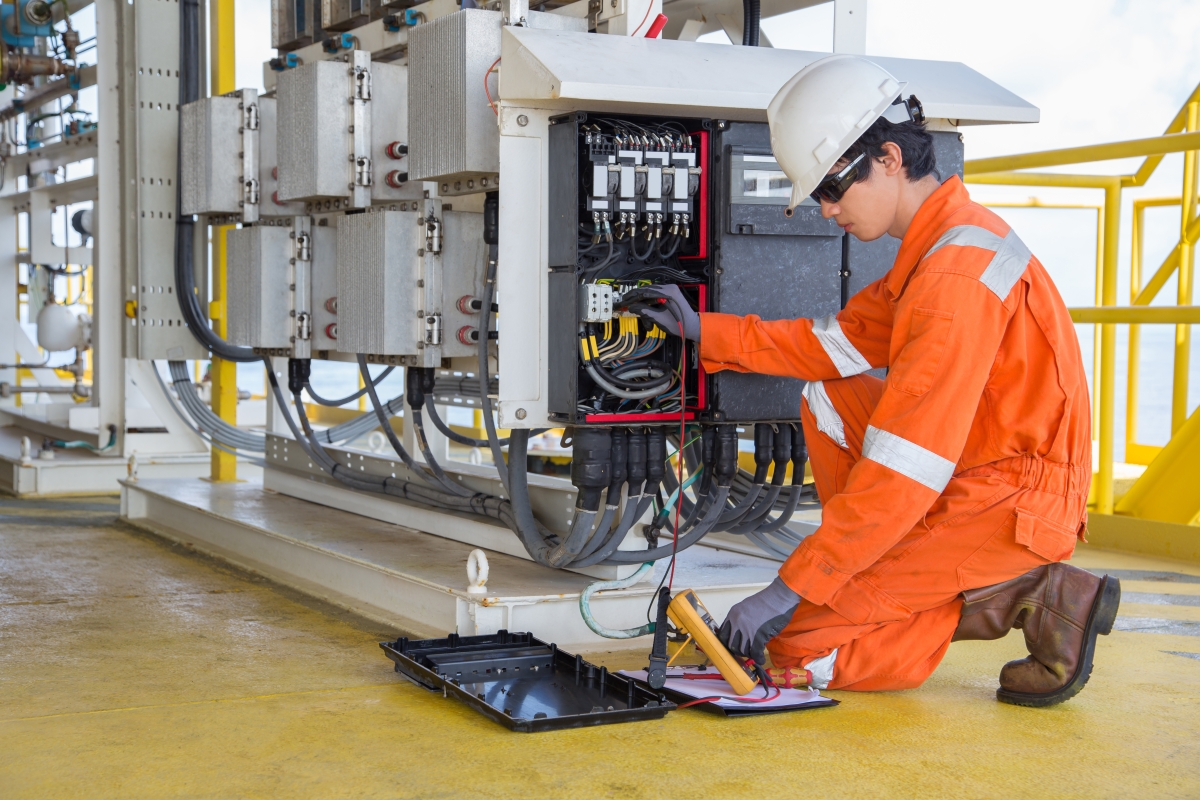Trustworthy Lift Maintenance Programs to Boost Safety And Security and Capability
Wiki Article
Checking Out the Comprehensive Steps Needed for Lift Maintenance
In the world of building upkeep, ensuring the correct functioning and safety of lifts is paramount. The complexity of lift systems calls for a careful method to maintenance. From routine inspections to strategic innovation plans, an alternative view of upkeep is crucial. In the ever-evolving landscape of lift modern technology and safety and security requirements, there are thorough steps that have to be carefully followed to ensure optimum performance and compliance. By resolving essential facets such as proactive maintenance timetables, safety and security checks, and emergency preparedness, a comprehensive understanding of the ins and outs involved in lift upkeep can cause boosted efficiency and security.Routine Inspections
When it concerns making sure the durability and safety and security of your lift system, normal examinations are paramount. These routine checks play an important function in recognizing any type of possible concerns before they escalate into major troubles, guaranteeing the smooth and secure operation of the lift. By conducting regular inspections, upkeep teams can proactively address damage, defective elements, or any type of various other problems that may endanger the lift's efficiency or safety and security.Throughout these evaluations, educated professionals extensively examine numerous aspects of the lift system, including mechanical parts, electrical systems, security attributes, and overall architectural integrity. By finding and attending to problems early on, these evaluations aid prevent expensive fixings, downtime, or safety risks, inevitably extending the life expectancy of the lift system and making sure the well-being of its individuals.
Aggressive Upkeep Schedules
Implementing positive upkeep routines is essential for maximizing the efficiency and long life of lift systems. By adhering to a positive maintenance technique, lift proprietors can resolve possible concerns prior to they escalate into major troubles, inevitably reducing downtime and costly repairs. Proactive maintenance involves regular evaluations, lubrication of moving parts, testing security functions, and changing worn elements. These scheduled maintenance tasks not only aid in preventing break downs but also add to maintaining the lift's performance at optimum degrees.A well-structured aggressive upkeep schedule should outline particular tasks, frequencies, and liable personnel. When creating these timetables to guarantee the lift operates securely and efficiently, it is crucial to comply with producer referrals and industry criteria. Additionally, recording upkeep activities and keeping detailed records can give important understandings into the lift's efficiency over time, helping in making and determining trends educated upkeep decisions.

Security Conformity Checks
Guaranteeing safety conformity through complete checks is critical in keeping lift systems' reliability and securing customer well-being. Security conformity checks involve a comprehensive assessment of numerous components, including electric systems, mechanical components, emergency brakes, doors, and other important safety features. These checks are necessary to identify any possible threats or breakdowns that could jeopardize the lift's procedure and placed customers at risk.Routine safety compliance checks must be carried out by qualified service technicians in adherence to sector laws and standards. These checks help in discovering concerns beforehand, enabling timely repairs and precautionary upkeep actions to be implemented. Furthermore, keeping detailed records of safety compliance checks is crucial for tracking the lift system's performance over time and showing compliance with safety and security laws.
Devices Upgrades and Modernization
Enhancing lift systems via devices upgrades and modernization is crucial for enhancing efficiency and safety requirements in vertical transport. As modern technology developments, older lift systems may come to be out-of-date, bring about reduced integrity and prospective safety dangers. By purchasing devices upgrades and modernization, structure proprietors can make sure that their lifts meet existing industry requirements and regulations.
Along with operational advantages, equipment upgrades and modernization tasks can also improve the aesthetics of the lift, supplying an extra attractive and contemporary experience for guests. Ultimately, purchasing lift upgrades and modernization is a positive strategy towards guaranteeing the long life, safety, and performance of vertical transportation systems.
Emergency Situation Readiness Preparation
A reliable emergency situation readiness strategy is essential the original source for making sure the security and quick response in instance of unanticipated incidents involving lift systems. Emergency preparedness planning for lift systems involves a systematic approach to mitigate risks, ensure passenger safety, and minimize downtime throughout emergencies.Key parts of an emergency preparedness strategy for lifts consist of clear interaction procedures, routine training for lift operators on emergency treatments, and regular drills to check the efficiency of the plan. lift and engineering services. Additionally, the plan should lay out certain functions and obligations for all stakeholders involved, consisting of structure administration, maintenance personnel, and emergency situation -responders
In the occasion of a lift breakdown or entrapment, having a well-defined emergency strategy can assist in working with a effective and timely feedback to make sure the security and wellness of passengers. Timely interaction, access to emergency devices such as communication tools and emergency lighting, and expertise of emptying treatments are necessary aspects of a thorough emergency situation preparedness prepare for lift systems. By prioritizing emergency situation preparedness preparation, building supervisors can improve the overall safety and security and dependability of their lift systems.
Conclusion
To conclude, the thorough steps needed for lift upkeep consist of regular inspections, aggressive maintenance schedules, safety and security compliance checks, equipment upgrades and innovation, and emergency readiness planning. These actions are necessary for making sure the safety, integrity, and effectiveness of lifts in various setups. By applying these procedures, lift owners can decrease the danger of crashes, prolong the life-span of their devices, and adhere to sector laws.
During these assessments, educated specialists thoroughly take a look at numerous aspects of the lift system, including mechanical elements, electric systems, safety and security attributes, and overall structural stability.Making sure safety and security compliance through complete checks is click for more extremely important in maintaining lift systems' dependability and securing customer health. Keeping comprehensive records of see this here security conformity checks is crucial for tracking the lift system's performance over time and demonstrating conformity with security guidelines.
By focusing on emergency situation preparedness planning, building managers can improve the total safety and dependability of their lift systems.
Report this wiki page